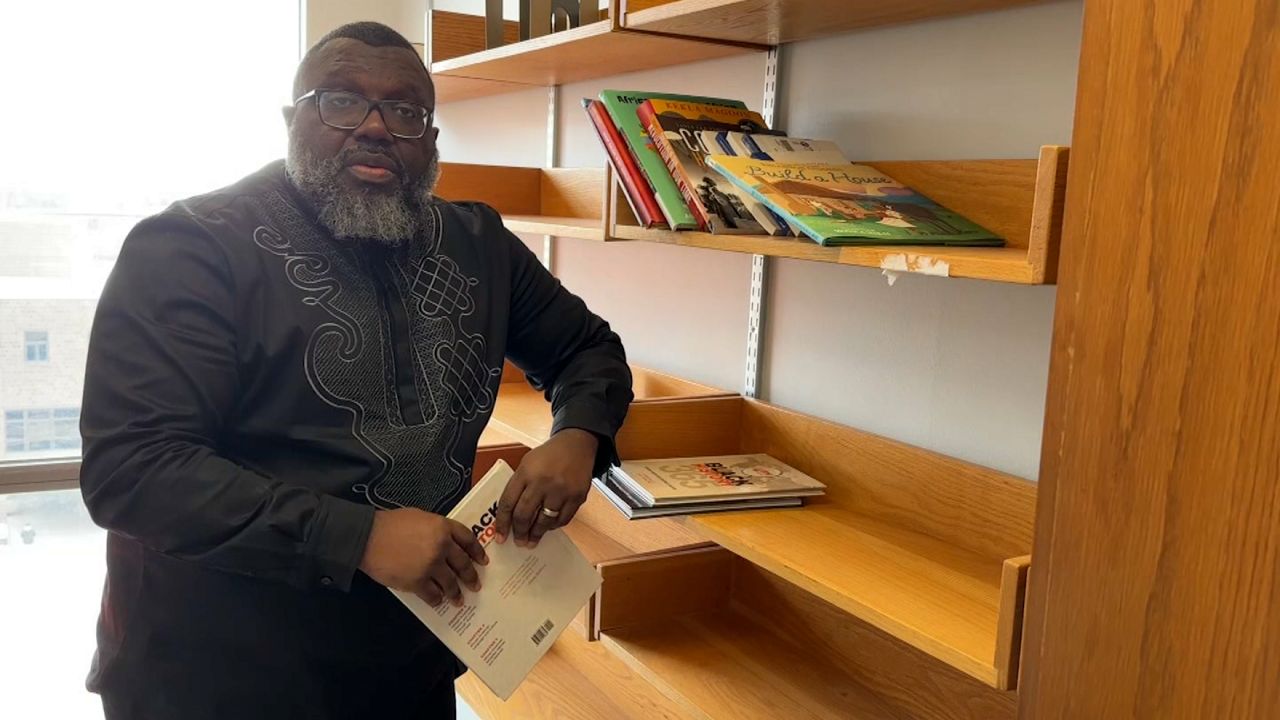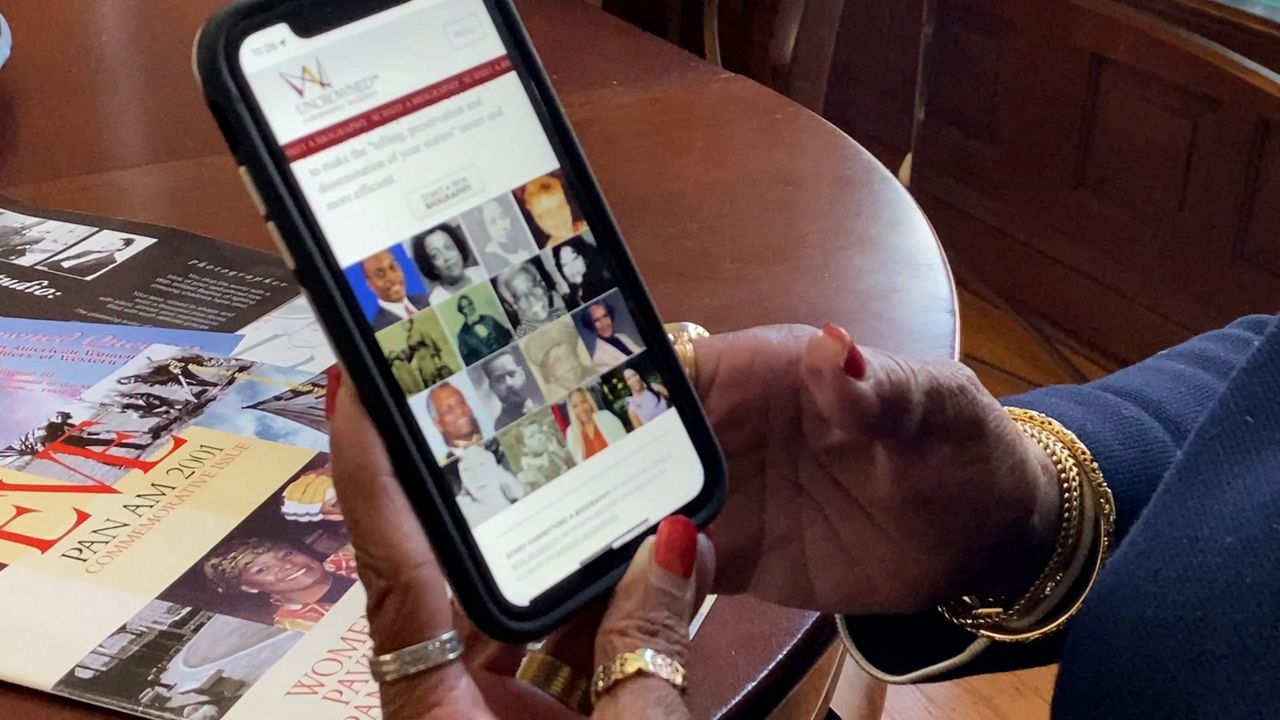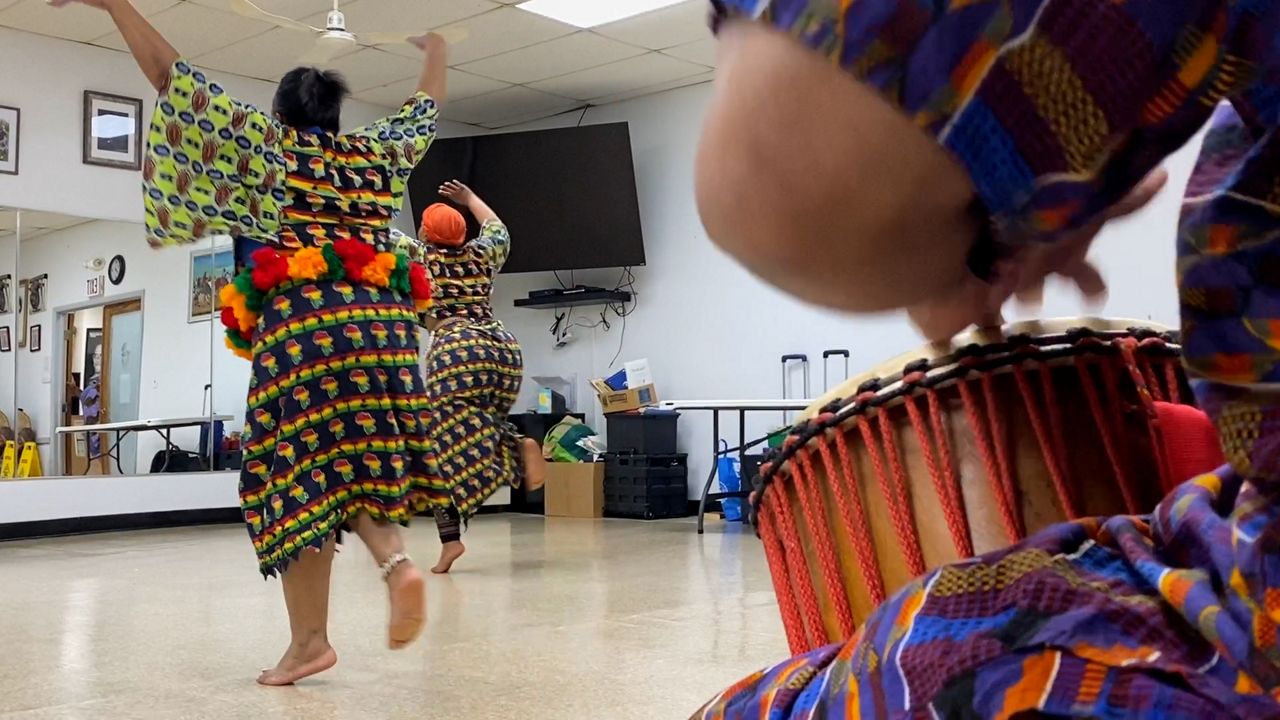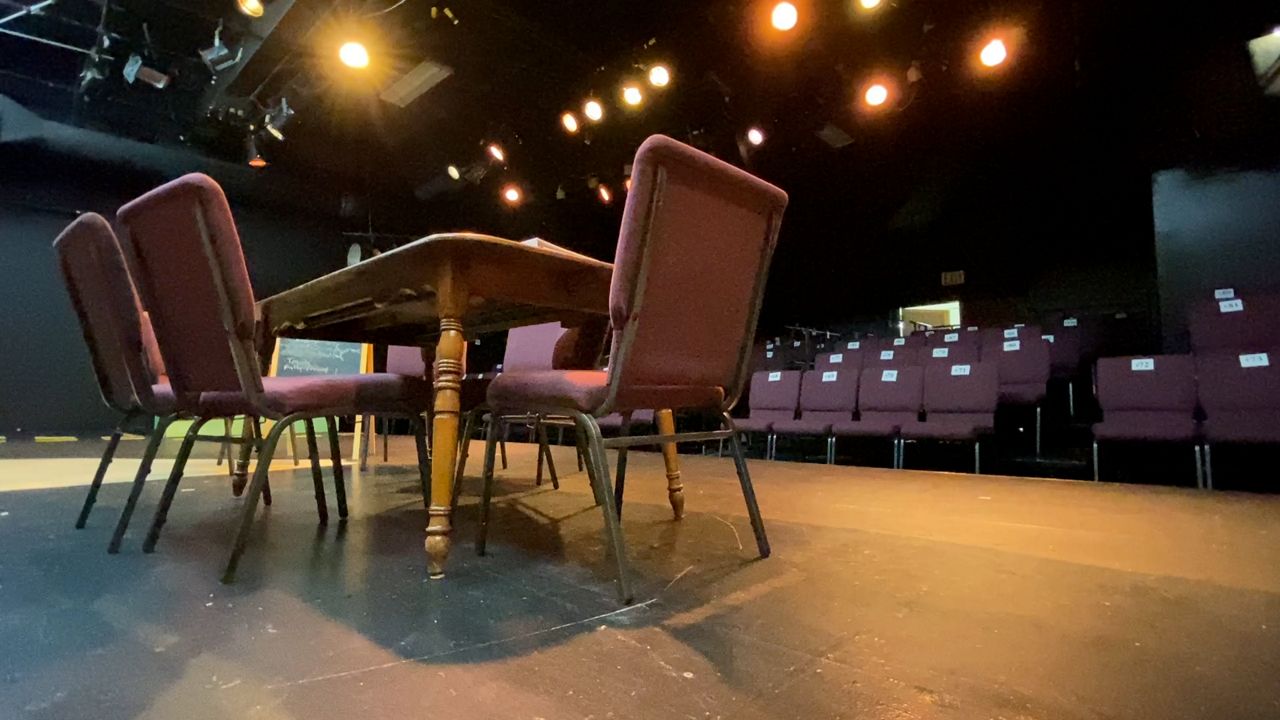BUFFALO, N.Y. — It's been around since before the Civil War — and has been central to Black Americans and the movement for equal rights for just as long.
The historic Michigan Street Baptist Church in Buffalo is undergoing renovations to make sure it can survive and thrive for decades more. The passion to make the church better has been passed down through generations.
"To me, it was continuing the legacy of a place built by African Americans," said Rachel Henderson, vice chair of the Buffalo Niagara Freedom Station Coalition. "I think about how we’ve restored the church back to its former glory."
For Henderson, the church feels like home.
"I have been raised up in it for 31 years now," she said.
Rachel’s father, the late Bishop William Henderson, owned the church for nearly 50 years. In fact, he bought it for $1 in 1973.
"Knowing that he was an activist and a fiery minister, they asked him to help preserve the church and take on this big mission," Rachel said.
His mission, his dream, is now his daughter’s. The church was built in the 1840s — once a stop on the Underground Railroad as fugitive slaves looked for freedom.
"They built into the church a hiding space in the wall of the basement and how they had already been in this mission and now this was kind of the beacon of hope for them," said Rachel.
Over the years, luminaries in the church community, like the Rev. Edward Nash and Mary B. Talbert, were key figures in the early civil rights movement of the 20th century.
"When I sit in these pews, I feel like I am sitting amongst giants, my spiritual ancestors, and that I feel proud to still carry on their work," Rachel said.
"He was dedicated to mak[ing] sure the roof would not fall," she added.
That work once spearheaded by her father continues to this day. With the help of state grants, phase one of renovations to shore up the structure of the historic building is complete. Now, phase two will include cosmetic improvements inside, better accessibility and a two-story addition along with a community garden and murals.
"We hope to bring in more spiritual conventions here and a gathering place for people of all faiths," said Rachel.
As they prepare to see the church renewed, they unearthed artifacts from the past found in the ground outside the building. For visitors, it’s a reminder of the people who made it a cornerstone of the African American community.
"They come here and they leave feeling like they’ve just unlocked another key to the American story," Rachel said.
A story that’s still being written.










